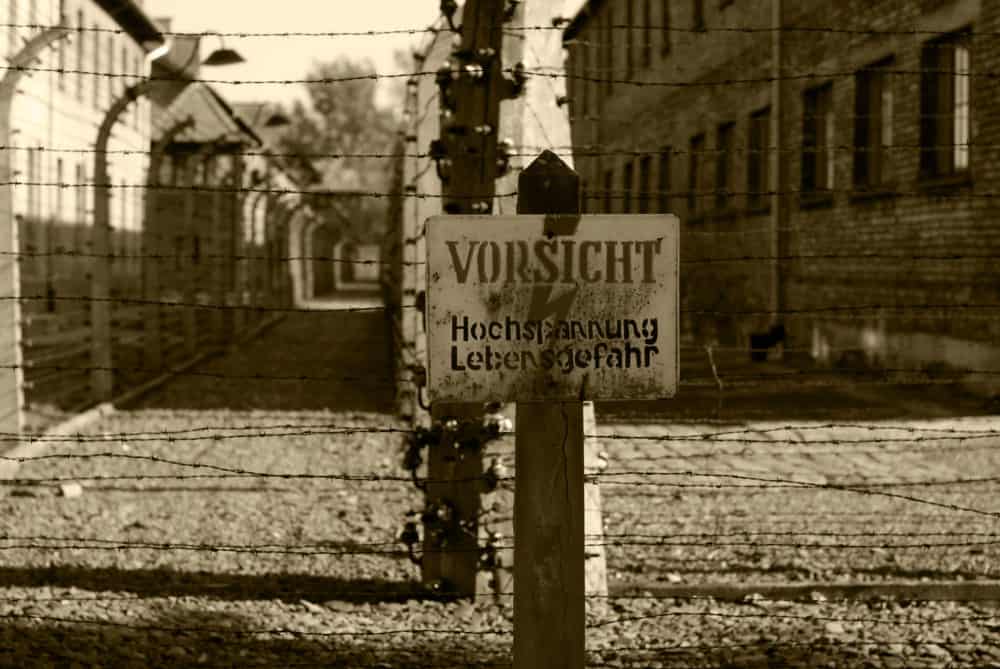Auschwitz, everything you need to know before you visit
For those who want to delve into history, learn from the past and pay respects to those who have suffered, a visit to Auschwitz Birkenau is not exactly enjoyable however, it is worthwhile to make the effort.
To try and get your head around what happened here you should see for yourself the preserved reminders and the sheer scale of the site, which actually comprised three separate camps. It is both unbelievable and humbling.
Located in southern Poland near Katowice and Krakow, both have international airports served by budget airlines.
DID YOU KNOW? Auschwitz is the German name given by the Nazis while the original Polish name is Oświęcim, pronounced Osh-veet-zeem, as ś has a ‘sh’ sound, w is pronounced like an English v, i is pronounced like an e, ę is pronounced like ‘en’, while c in Polish is pronounced like ‘ts’ so when combined, it sounds like Osh-veet-zeem.
How to get to Auschwitz from Krakow
There are two ways to visit Auschwitz, book a guided tour or tour on your own. Whatever way you decide, you must book a ticket. When we first visited you could wander in without a ticket but this is no longer the case so click here to book your ticket.
You will see on this page that there is a visit for individuals section. This then opens to a calendar where you pick your visiting date to see the times of tours and which language the tour is given in. If you pick a guided tour, there is a charge. If you pick tour for individuals without an educator there is no charge, however the times available are limited.
How far is Auschwitz from Krakow?
The concentration camps of Auschwitz (I) and Birkenau (Auschwitz II) are located in the town of Oświęcim, which is 40 miles or 66 kilometres west of Krakow and 22 miles / 35 km south of Katowice.
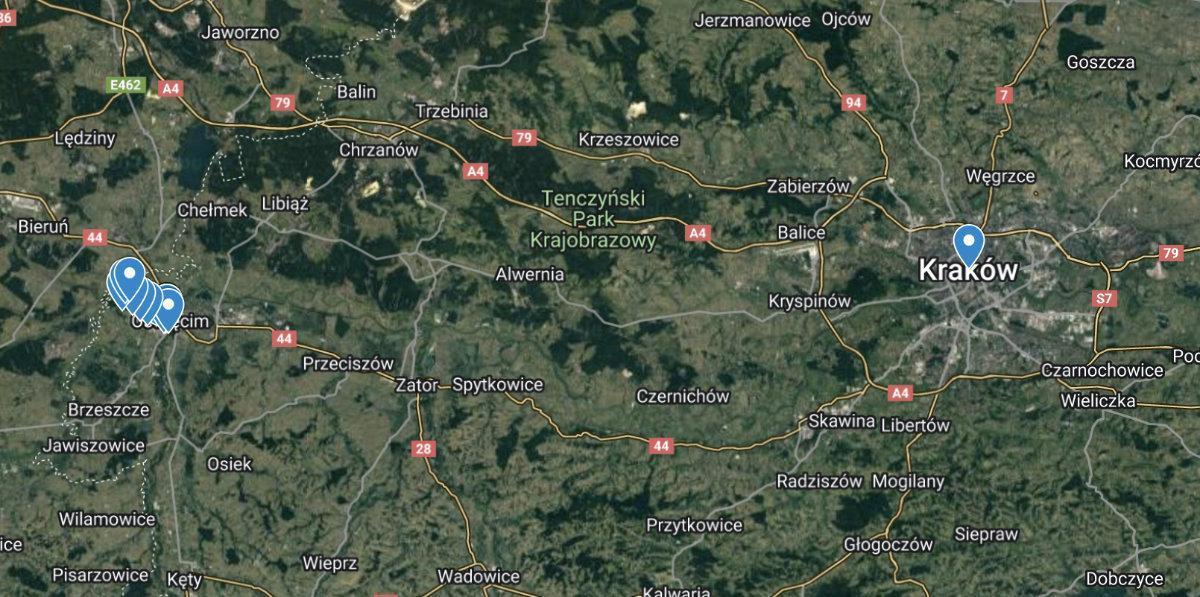
If you want to go to Auschwitz from Krakow, you can book an organised tour, or you can plan the entire trip by yourself using public transport.
Krakow to Auschwitz by public transport
From central Krakow you can take the train or bus.
Train from Krakow to Auschwitz
There is a direct railway connection to Oświęcim with trains at various intervals throughout the day.
The fastest trains take just over an hour, while slower options are closer to two hours and are direct to Oświęcim railway station which is just over a mile away from each camp. From the railway station you can either walk (roughly 25 minutes), or a special “M” (Museum) bus line connects the station and park & ride to the entrance of both camps. Departures from the former Auschwitz I concentration camp: between April – October every 10 minutes, between November – March every 20 minutes. No bus fare is required. The ride takes five minutes and the line runs daily between 9am-4pm.
Buses from Krakow to Auschwitz
Buses take 1 hour 25 and bring you closer to the museum. To get a bus, visit the lower floor of the MDA Bus Station Krakow, stance D10.
Buses of the Lajkonik company arrive directly at the Museum car park from Kraków (timetable: to the Museum | back to Kraków)
Tour to Auschwitz with transport
If you find all those options too complicated, then an organised trip is best.
Map showing locations of Auschwitz Camps
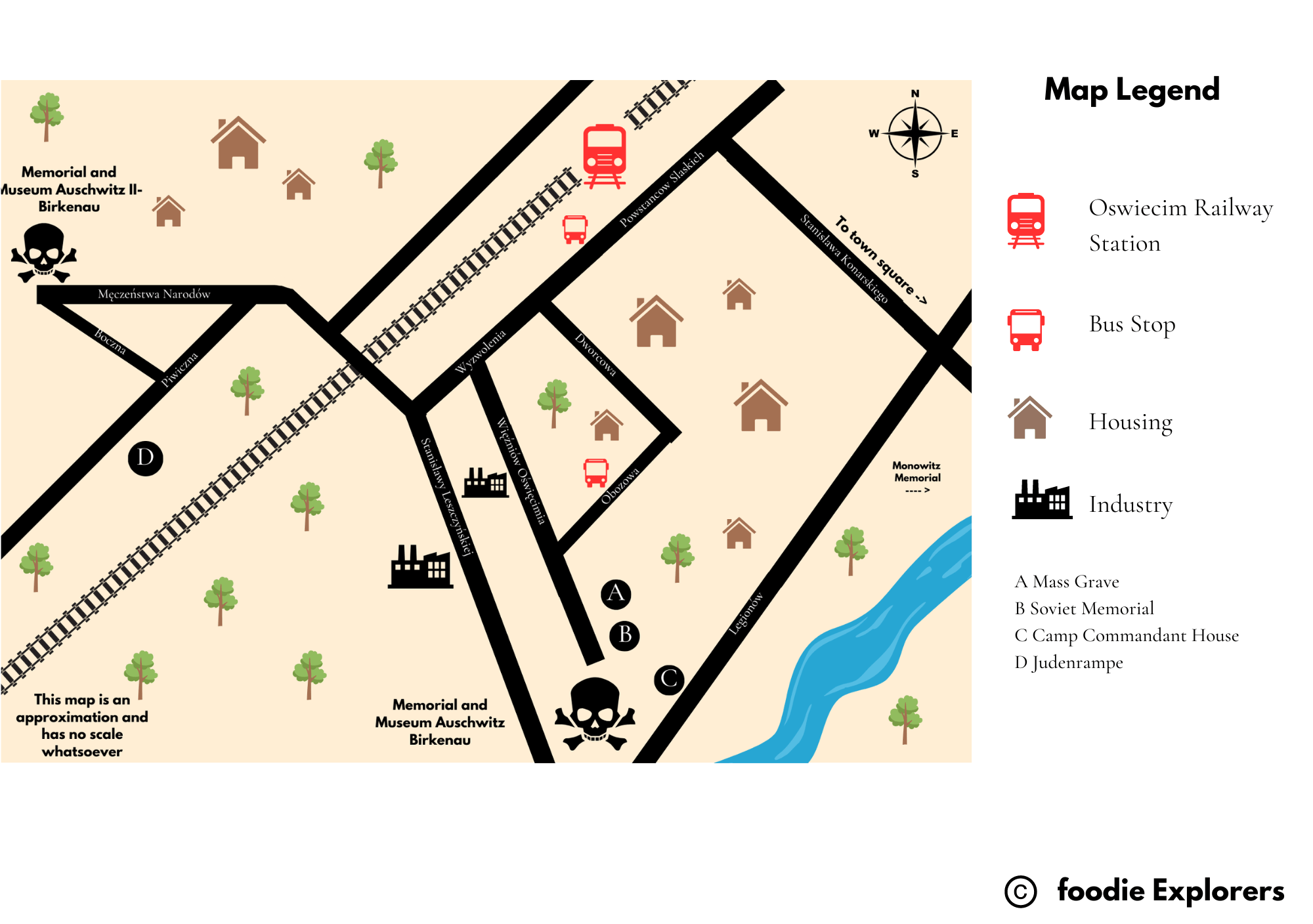
When to visit Auschwitz?
The exhibitions of Auschwitz-Birkenau Concentration Camp are open to visitors daily, except 1st January, Easter and 25th December. Be sure to check for up-to-date information.
Opening hours of Auschwitz
7:30 AM – 2:00 PM December
7:30 AM – 3:00 PM January, November
7:30 AM – 4:00 PM February
7:30 AM – 5:00 PM March, October
7:30 AM – 6:00 PM April, May, September
7:30 AM – 7:00 PM June, July, August
* These are the hours of entrance to the Museum. A visitor may stay on the site of the Museum 90 minutes after the last entrance hour (i.e. 5:30 in February or 8:30 in July)
Please check on the official website to make sure it will be open when you wish to visit.
Link to travel information
• Warsaw Frederic Chopin Airport
• Kraków John Paul II Airport
• Katowice-Pyrzowice Airport• PKP (train information)
• PKS (bus information)
• Lajkonik Bus (bus information)
• The weather in Oświęcim for the next three days (ICM service)• Toursit Emergency Line
Other camps
Belzec
Bergen-Belsen
Breitenau
Buchenwald
Kulmhof
Dachau
Drancy
Flossenbürg
Gross-Rosen
Gusen
Lamsdorf (Łambinowice)
Majdanek (Lublin)
Mauthausen
Mittlebau-Dora
Natzweiler-Struthof
Neuengamme
Płaszów
Ravensbrück
Sachsenhausen
Sobibor
Stutthof
Theresienstadt
Treblinka
Westerbork
Brief outline of the sites

The entry sign at Auschwitz camp I almost looks welcoming and even playful….
There are actually three separate sites which make up what is known as Auschwitz concentration camp, Auschwitz I and Auschwitz II-Birkenau are situated about 2 miles (3.5 km) from each other, and can both be visited today, while Auschwitz III Monowitz is the lesser-known factory site and camp which cannot be visited due to the factory being in use and the camp being destroyed.
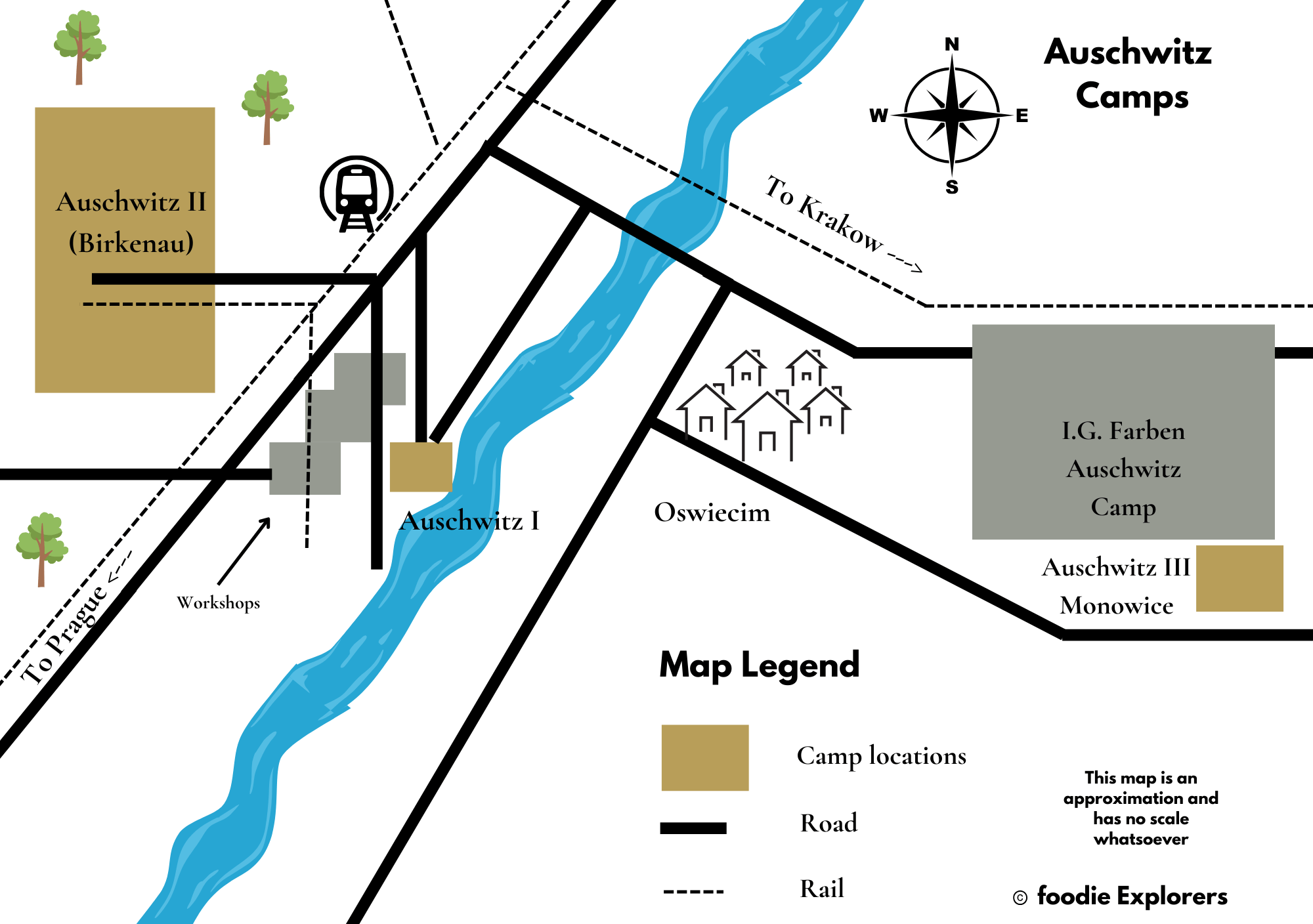
If you walk between the camps, through streets: Więźniów Oświęcimia, Jaracza, Leszczyńskiej and Męczeństwa Narodów, you will pass sites where during the occupation were industrial areas, workshops, warehouses and offices, in which the prisoners would work and die. There are preserved remains of a few railway sidings and ramps [Alte Judenrampe], where the trains with deportees would stop and the members of the SS would make the selections.
At its peak, in the summer of 1944, Auschwitz covered about 40 sq. km. in the core area, and more than 40 branch camps dispersed within a radius of several hundred kilometers. In 1947, Poland founded the Auschwitz-Birkenau State Museum on the site of Auschwitz I and II, and in 1979 it was named a World Heritage Site by UNESCO.
Auschwitz I
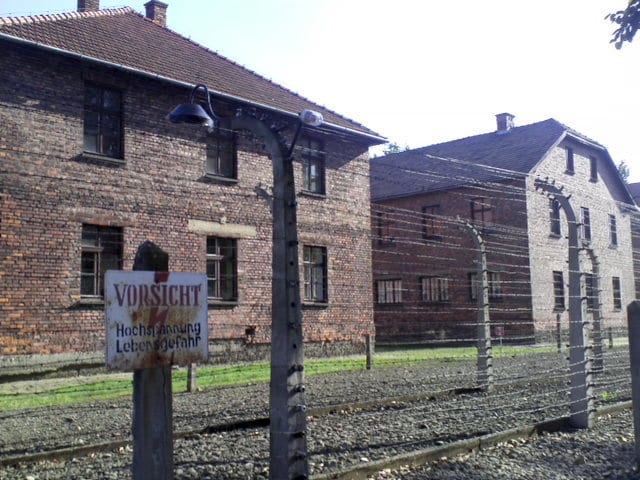
Formerly a World War I camp for transient workers, and then an army barracks, Auschwitz I was the main camp and administrative headquarters of the camp complex.
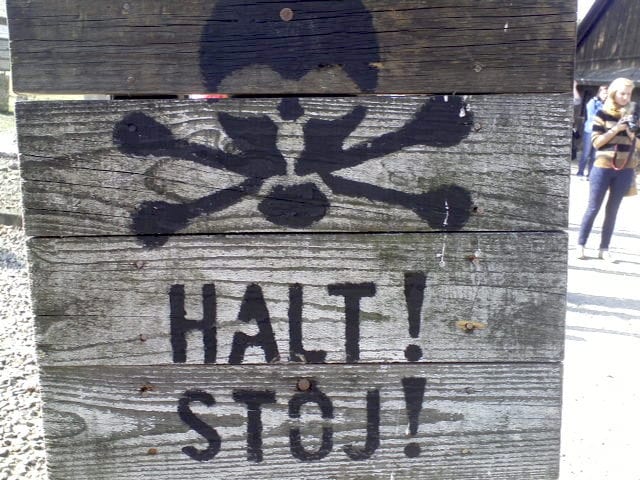
The SS held Poles and political prisoners at the camp until around 1942 when it commenced it’s function as a concentration camp for a variety of ethic backgrounds (Jews, Poles and Roma).
Auschwitz I, was the main camp in Oświęcim. This was the location of SS Administration, stores and workshops.
The first gassings, of Soviet and Polish prisoners, took place in block 11 of Auschwitz I around August 1941. The construction of Auschwitz II started about a month after.
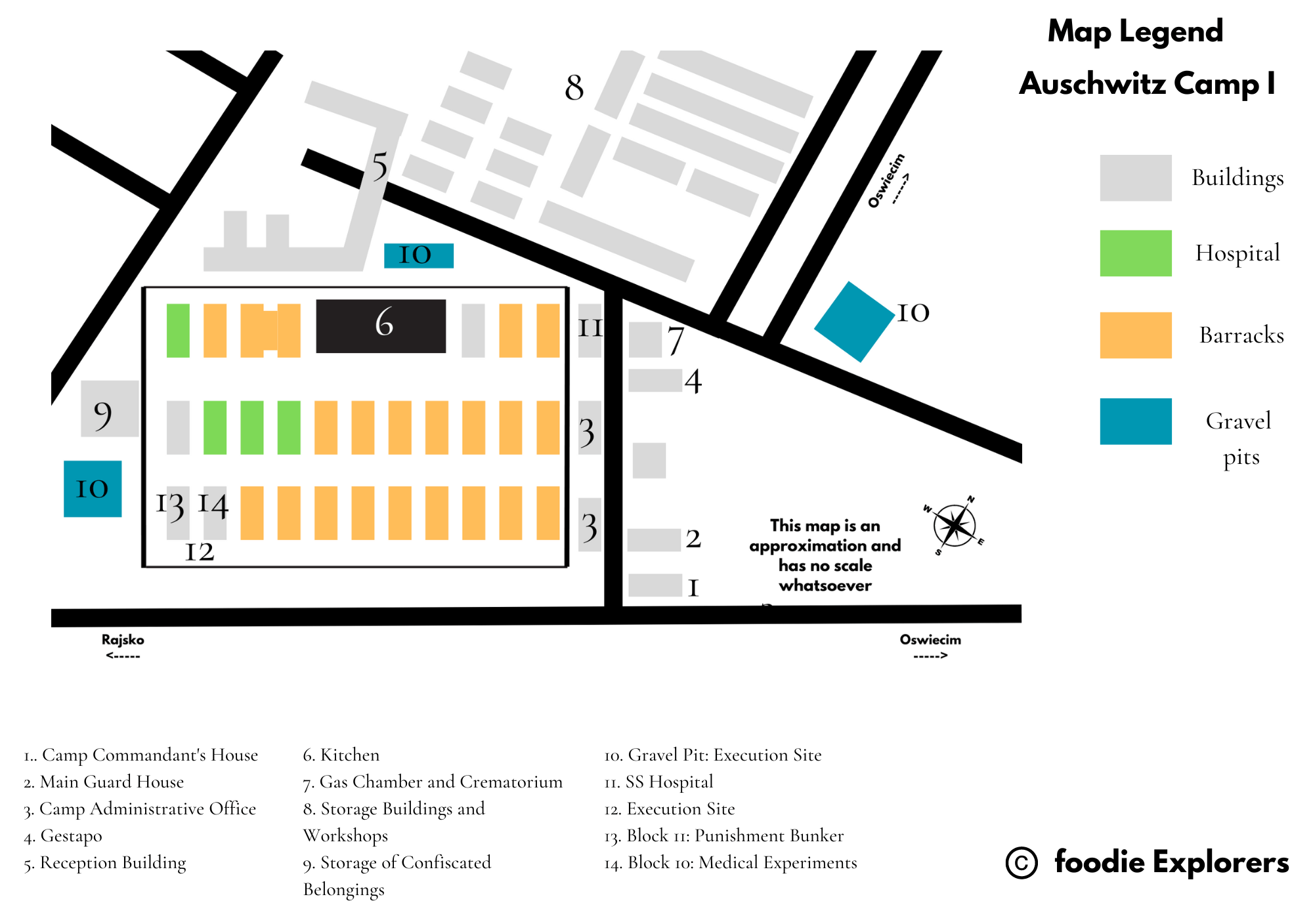
Auschwitz II-Birkenau
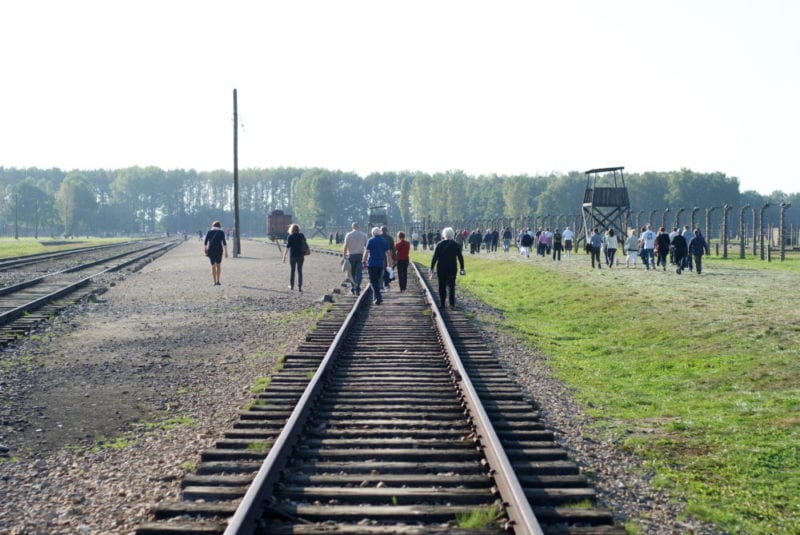
This new camp would have 174 barracks, each measuring 35.4 by 11.0 metres (116 by 36 ft), divided into 62 bays of 4 square metres (43 sq ft). The bays were divided into ‘roosts’, initially for three inmates and later for four. This was later changed to 744 barracks, which meant the camp could hold 125,000, rather than 97,000.
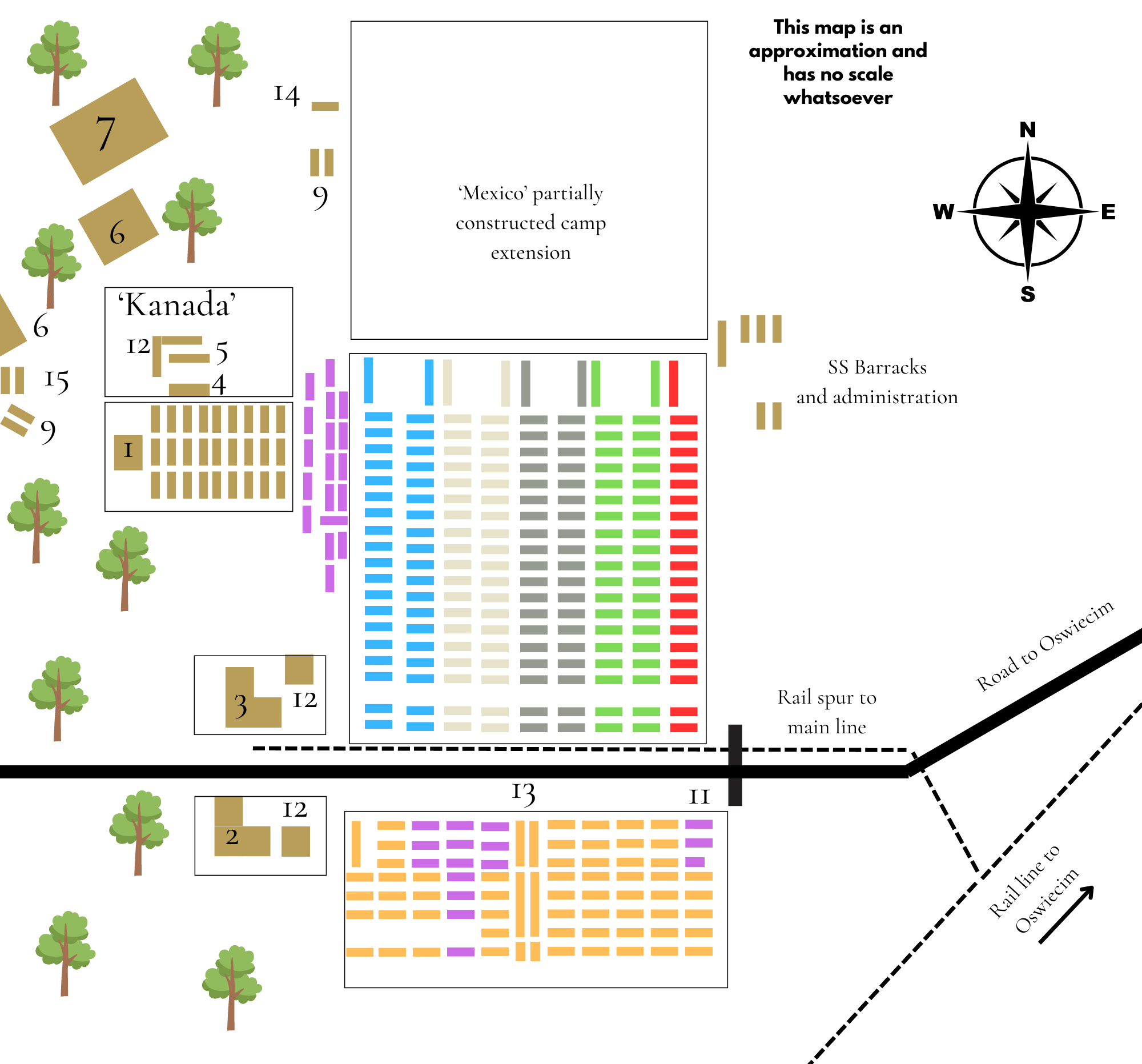
Auschwitz II-Birkenau is the camp that everyone thinks of with the railway line and imposing entranceway.
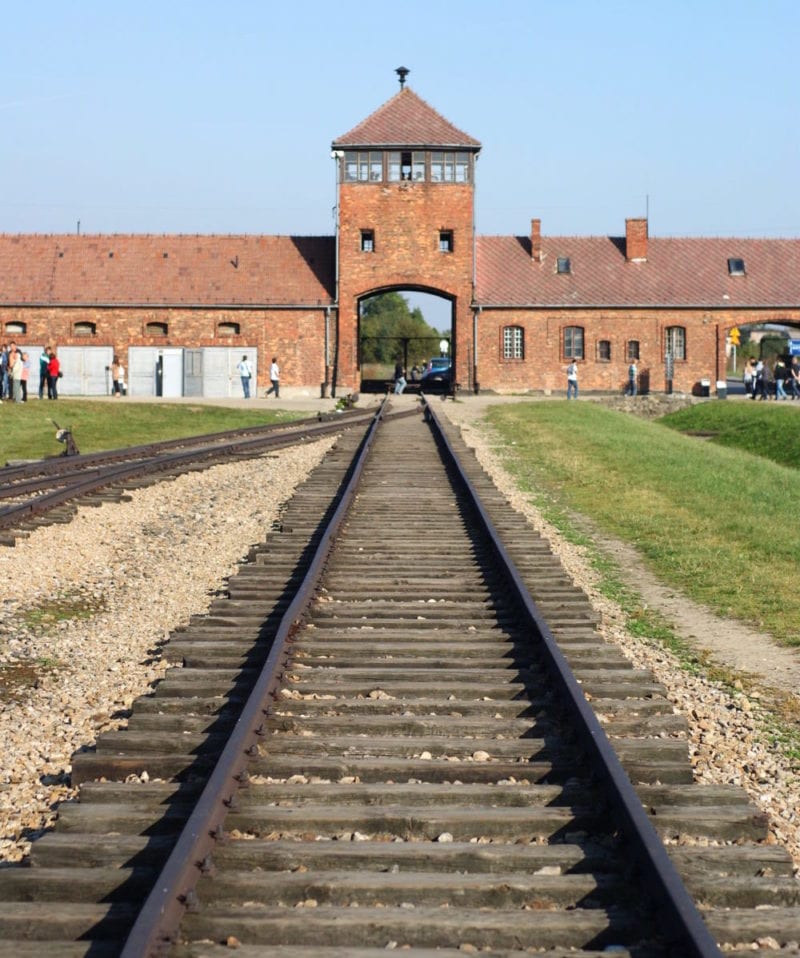
From 1942 until late 1944 trains delivered Jews to its gas chambers. It is estimated that of the 1.3 million people sent to Auschwitz, 1.1 million were murdered.
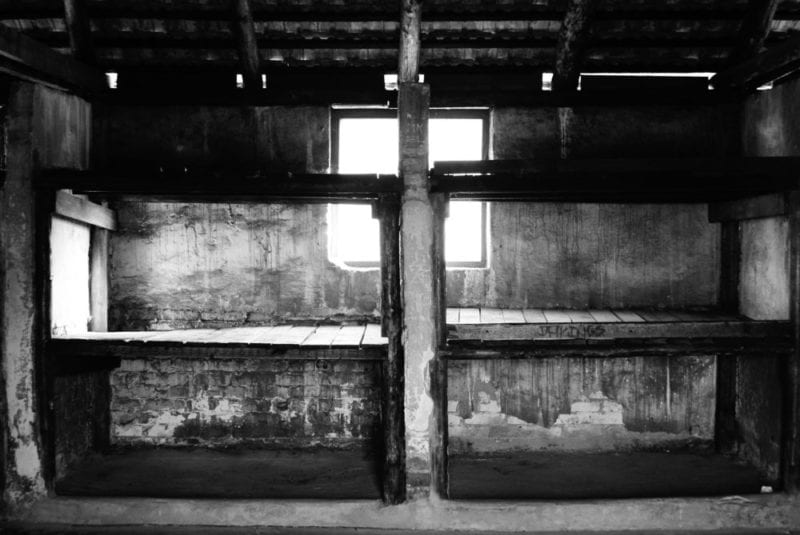
The Soviet Army liberated Auschwitz in January 1945. In 1947, Poland founded the Auschwitz-Birkenau State Museum on the site of Auschwitz I and II, and in 1979 it was named a World Heritage Site by UNESCO.
Auschwitz is the site of the largest mass murder in a single location in history.
Auschwitz III-Monowitz
The least known camp within Oświęcim is Auschwitz III-Monowitz. This site was chosen by IG Farben to make synthetic rubber, known as buna.
 HEROMAX, CC BY-SA 3.0, via Wikimedia Commons
HEROMAX, CC BY-SA 3.0, via Wikimedia Commons
Due to the distance from the two main camps a further camp was built in 1942 to house those working at IG Farben Buna Werke.
This camp was known as KL Auschwitz III-Aussenlager (Auschwitz III subcamp), and later as the Monowitz concentration camp, it was the first concentration camp to be financed and built by private industry. There are no remains of the camp today however, there is a memorial which we have marked in the map below. On the day of liberation, 7,000 inmates awaited help.

HEROMAX, CC BY-SA 3.0, via Wikimedia Commons
Tips For Your Visit to Auschwitz: What You Need To Know
1. Book a Ticket In Advance
Do not arrive without pre booking an entry ticket – book one here. The site is extremely busy and you will be refused access.
2. Think before visiting
This is an emotional place. If you think you might not be able to handle this, don’t visit.
3. Be mindful
Of the surroundings and what happened here. In some areas silence is required out of respect of what happened here. Please don’t be the loud ones.
4. Wear comfortable shoes
Your visit will involved a lot of walking on various types of ground, leave the sandals and flip flops at home.
5. Don’t bring luggage/food/drink/pets
Luggage, food, drink, pets and prams/buggies/strollers are not allowed on the site. There is a storage facility available.
For more information about what is allowed, visit the official Museum website here.
6. Emotions
Realise that you will experience many emotions both during and after your visit, take care of your mental health.
Looking for somewhere to stay? We previously stayed at Hostel Deco in Krakow, click here for more.
Address for Auschwitz Camp
Auschwitz-Birkenau
State Museum
55 Więźniów Oświęcimia Street
32-600 Oświęcim
Poland


